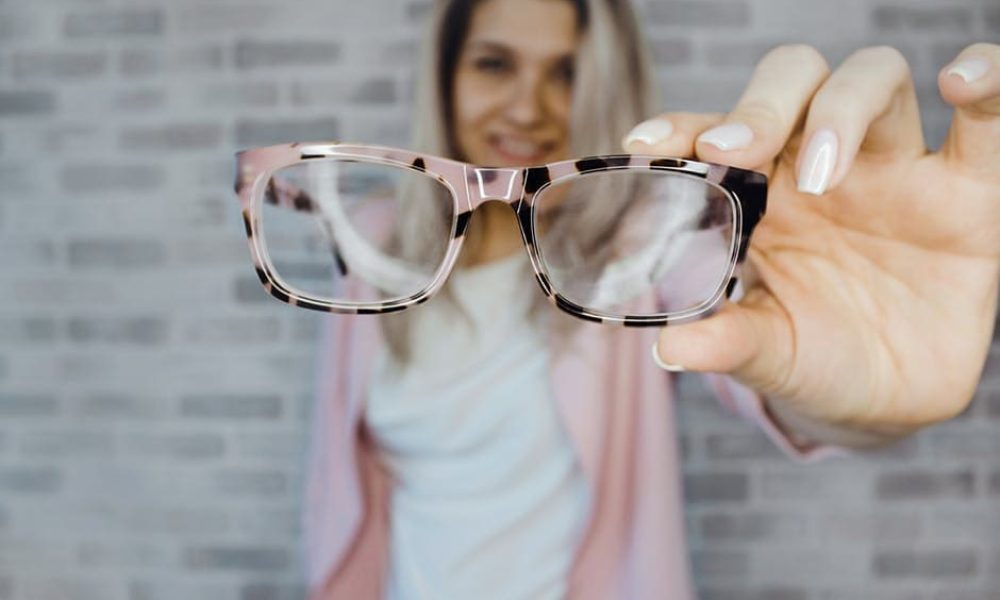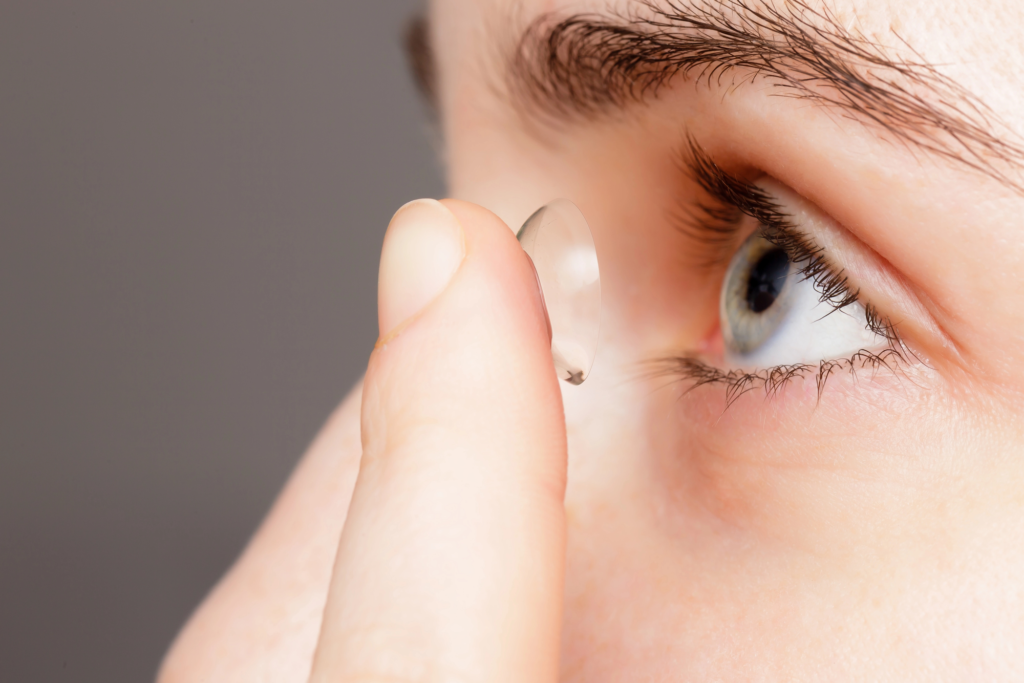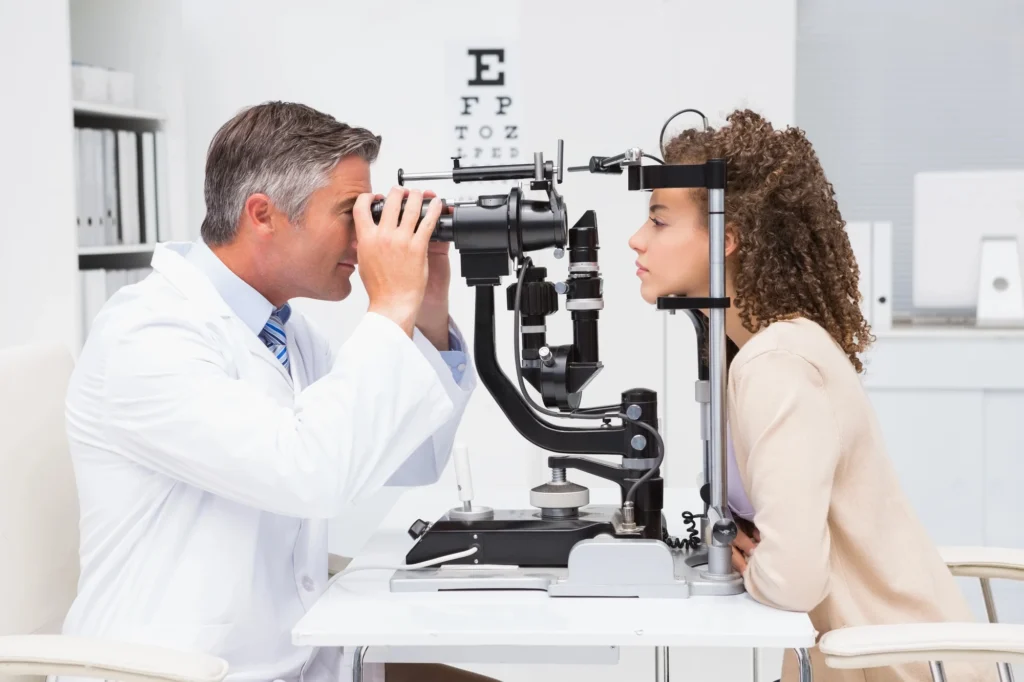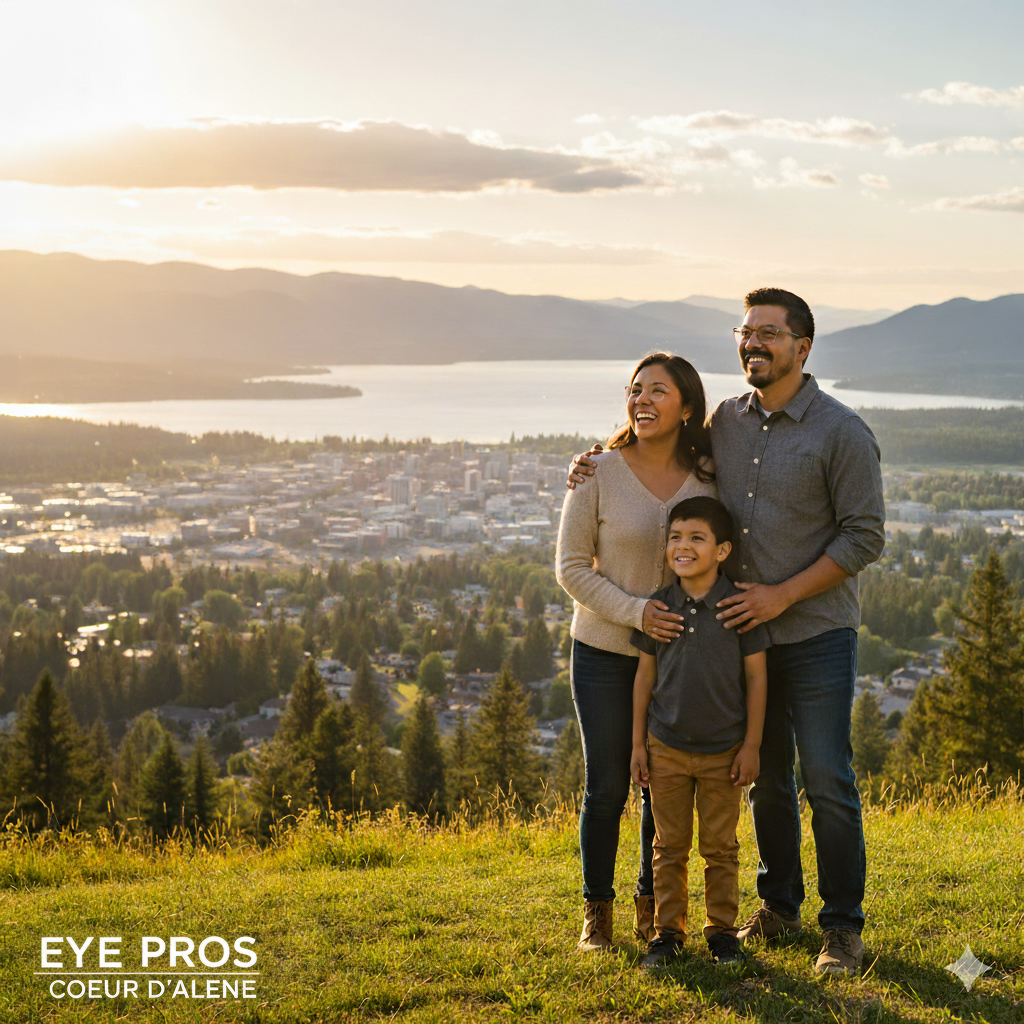More than 150 million Americans wear corrective eyewear. This can be for a number of reasons, such as near-sightedness, far-sightedness, astigmatism, and other common eye and vision ailments and impairments.
Whether you have a vision impairment or even if you have perfect 20/20 vision, it’s essential that you see the eye doctor. But how often should you go in for an appointment?
In this article, we answer common questions such as, “How often should you get your eyes checked?” Continue reading for more information.
How Often Should You Get Your Eyes Checked?
The short answer to this question is at least once a year, twice for those who wear corrective eyewear such as glasses or contact lenses (unless instructed otherwise by your optometrist).
But other factors influence how often you go to the eye doctor. Here are some tips to keep in mind.
You Have an Eye Health Issue or a Condition
If you have glaucoma or a severe eye condition, you’ll have to visit an optometrist more frequently. But each patient is different. Your eye doctor can put you on a schedule to ensure your condition doesn’t worsen.
Certain health conditions, such as hypertension and diabetes, can affect your eye health. This is why these patients need to visit the eye doctor more frequently.
It’s recommended these patients visit an eye doctor yearly, but some patients should see the optometrist more frequently.
Some medical conditions and even prescription drugs may not cause serious eye ailments but can cause interfering side effects such as dry eyes.
If over-the-counter eye products and medications don’t help, an eye doctor can take a look at your physical health and your eye health and can determine a way to fix your symptoms.
Your Age
Your vision changes as you age.
Anyone under 18 is at the highest risk of serious vision changes, so it’s recommended children and teenagers receive an eye exam at least once a year.
Adults over 18 with no vision issues can see an eye doctor every other year, but those with vision issues should still see an eye doctor yearly.
Those over 50 should see an eye doctor at least yearly. That’s because of their risk of developing cataracts or glaucoma increases.
Common Signs You Should Visit an Eye Doctor More Frequently
While your eye doctor may recommend a minimum amount of time to receive an eye exam, some risk factors can cause you to visit the optometrist more frequently. If you’re transitioning from glasses to lenses, here are some reasons to make an extra eye appointment.
Frequent Headaches
Frequent headaches and migraines can occur for a number of different reasons. A small percentage of headache sufferers experience eye health issues or eye issues can be the catalyst for a migraine.
Blurred Vision
If you naturally have good vision, sudden blurry vision can be alarming.
Common causes include hypertension and side effects of prescription drugs. In addition, if you naturally have blurry vision but you notice it’s getting worse, it’s best to see the eye doctor to discover what’s happening.
Light Sensitivity
It’s normal to feel sensitivity when you’re in a brightly lit area. It’s also normal for your eyes to take time adjusting to a dark room. But severe light sensitivity is a sign of an eye infection.
If light sensitivity persists, it’s time to schedule an eye appointment.
Difficulty Driving
If you have trouble seeing while driving at night, it could be a sign of night blindness or another vision problem. Night blindness is a common symptom of eye conditions like cataracts or vitamin A deficiency, indicating the need for a thorough eye exam.
Relating to the previous point, light sensitivity can also interfere with driving, limiting your visibility both during the daytime and at night.
In addition, you can develop color blindness that prevents you from seeing traffic lights, brake lights, and other color-specific driving markers.
Difficulty driving is the first sign of a vision problem or a worsening vision problem. In the case of light sensitivity, this is the first sign of eye disease.
Floaters
Floaters are a common sign of cataracts and even retinal detachment. While a few floaters are common, several floaters or sudden floaters are a sign of a severe problem. This problem can accelerate if you also see bright flashes.
Why Are Eye Exams Important?
Even if you have 20/20 vision, it’s essential you get an eye exam.
First, our eye health can tell us a lot about our general health.
For example, the optometrist can view our blood vessels in our eyes. The look of our blood vessels can determine if we’re at risk for serious ailments such as lupus, diabetes, high cholesterol, ad high blood pressure.
Even if you have 20/20 vision, there are many eye diseases that show little symptoms or vision problems aren’t the major symptom.
Examples include macular degeneration and glaucoma. Eye exams help doctors catch this problem early and you’ll have a better chance of treating them.
What to Expect at Your Eye Exam
If this is your first time getting an eye exam, you should know what to expect before your appointment.
First, the eye doctor will ask about your family’s vision and health history as well as your eye health and general health. They will also ask about any medications you take.
From here, the doctor will test your vision. They will test your vision sharpness, your color perception, and your peripheral vision. The doctor will also study your eye muscles and pupils.
If necessary, the doctor will dilate your pupils to exam your blood vessels and nerves.
Finally, the doctor will check for glaucoma by either puffing air into your eye or lightly touching the eye. Neither test should cause pain or discomfort.
Get an Eye Appointment in Utah or Idaho
How often should you get your eyes checked? While many factors affect the answer, you should always trust what your eye doctor says.
If you’re in Utah or Idaho, schedule an appointment with us.





